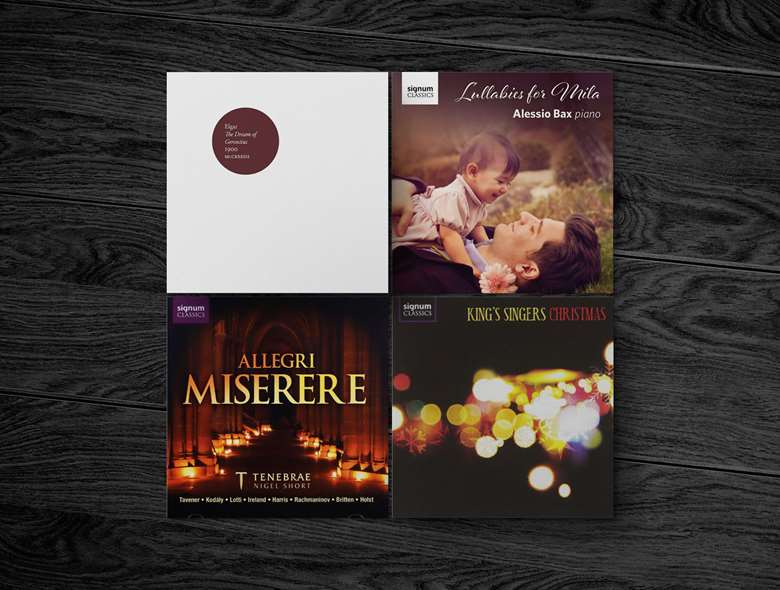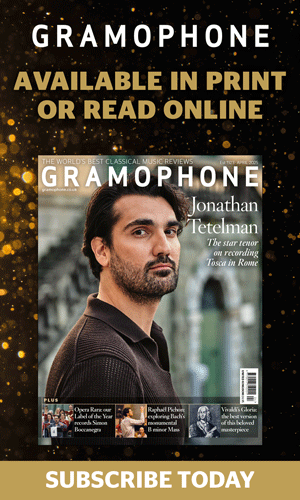Record label guide: Signum Records
Tim Parry
Friday, February 21, 2025
In the latest guide to a classical record label, Tim Parry traces the origins and history of a popular British company

When the audio production company Floating Earth was set up in 1987 – making celebrated recordings for a wide range of labels – they never expected to establish a new label of their own. Having worked with The Tallis Scholars making recordings for Gimell, Floating Earth were approached by the London-based choir Chapelle du Roi, who wanted to record the complete works of Tallis. Floating Earth proved too expensive for Chapelle du Roi’s means, so they each agreed to provide their services to record the series on nine albums, which were then issued on a newly created label. Thus Signum was born in 1997.
At that stage there were no plans to expand Signum independently of Floating Earth. But Signum was soon approached by other artists and before long the decision was taken to broaden its output beyond those initial Tallis albums. With experience in making recordings for other labels – Floating Earth is one of Europe’s leading production and engineering specialist service providers – Steve Long was now running two separate but related concerns: a production company and a record label. While these continue to operate in tandem as sister companies, they are essentially independent.
Within a few years Signum was working with other artists beyond the world of early music. With worldwide physical distribution deals already in place, the label branched out further. The first non-early music group the label worked with was Tenebrae; the second was The King’s Singers (both released their first Signum album in 2003). These groups have since been central to Signum’s growth and prestige, so far recording over 30 albums each for the label. Tenebrae’s ‘Allegri Miserere’ (11/06), with popular classics ranging from the Renaissance to the 21st century, is one of Signum’s best-selling recordings, joined by two high-class Christmas albums: ‘King’s Singers Christmas’ (1/04) and a 2012 disc of festive favourites from Voces8.
Celebrated recordings by Paul McCreesh and the Gabrieli Consort & Players, beginning with Berlioz’s Grande Messe des morts (11/11), appeared on their own imprint called Winged Lion, with their distinctive plain covers with a single coloured circle. These were licensed to Signum, who dealt with CD production, sales, marketing and distribution. Similar partnerships have flourished with the Choir of St John’s College, Cambridge, and with the Philharmonia. The fruitful relationship with the Gabrielis led to Gramophone Awards for ‘A New Venetian Coronation 1595’ (9/12) and most recently Elgar’s The Dream of Gerontius (5/24).
Of course Signum doesn’t work only with choral groups. David Goode recorded the complete organ works of JS Bach and the Calidore String Quartet has made a strong impression in Beethoven. Recordings by Fretwork, Adrian Chandler and La Serenissima, and violinist Tamsin Waley-Cohen have all added lustre to the catalogue. Signum was quick to embrace streaming – the label is approaching a billion streams – and albums from pianists Alessio Bax (‘Lullabies for Mila’, 2016) and James Rhodes (‘Vitamin C’, 2023) have proved especially popular. Signum now releases around 50 new recordings a year, and in 2017 was named Gramophone’s Label of the Year.











